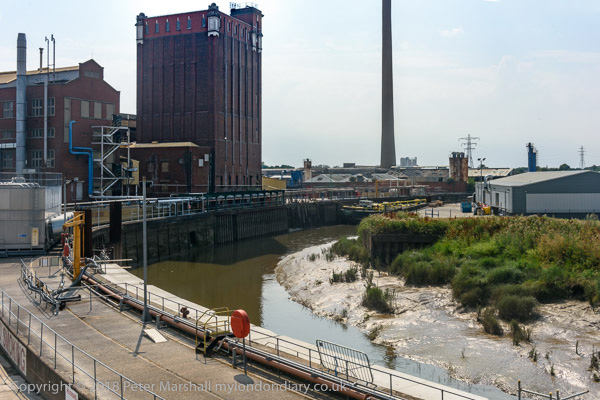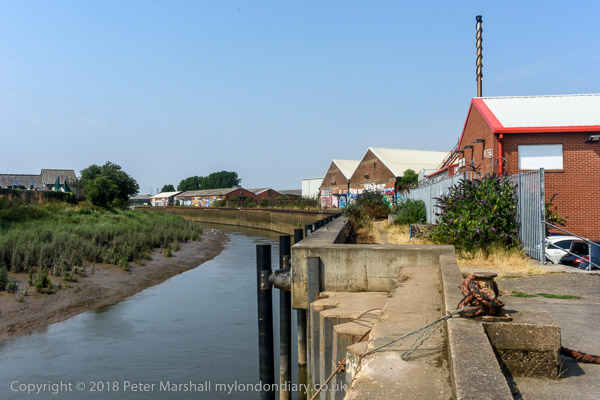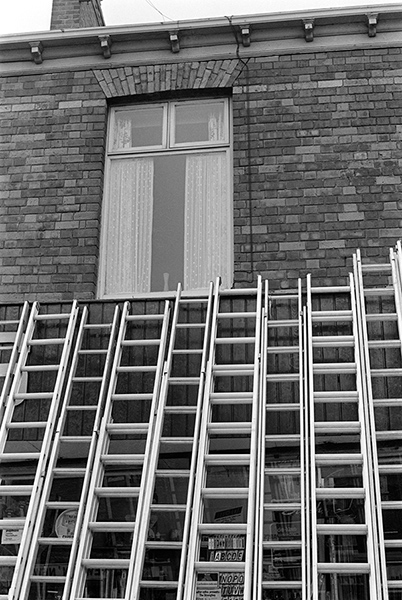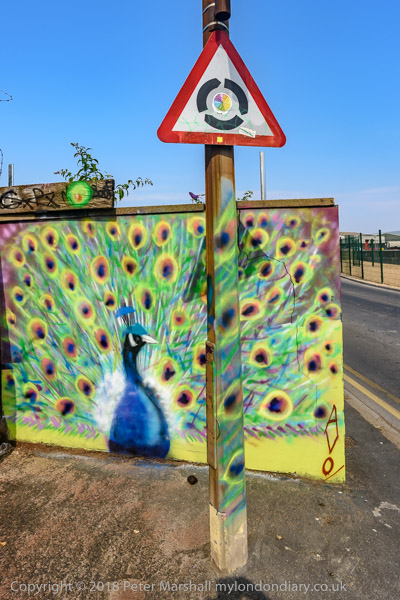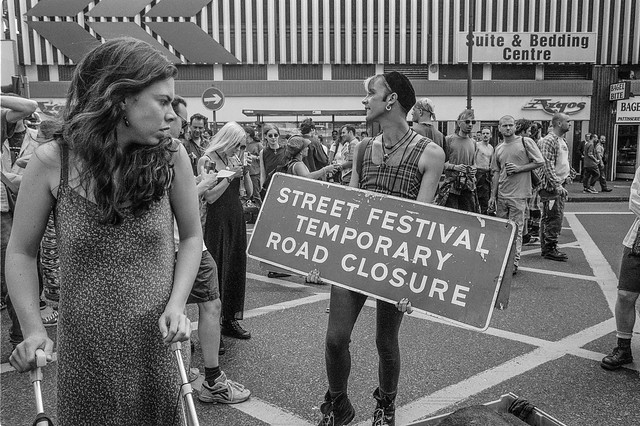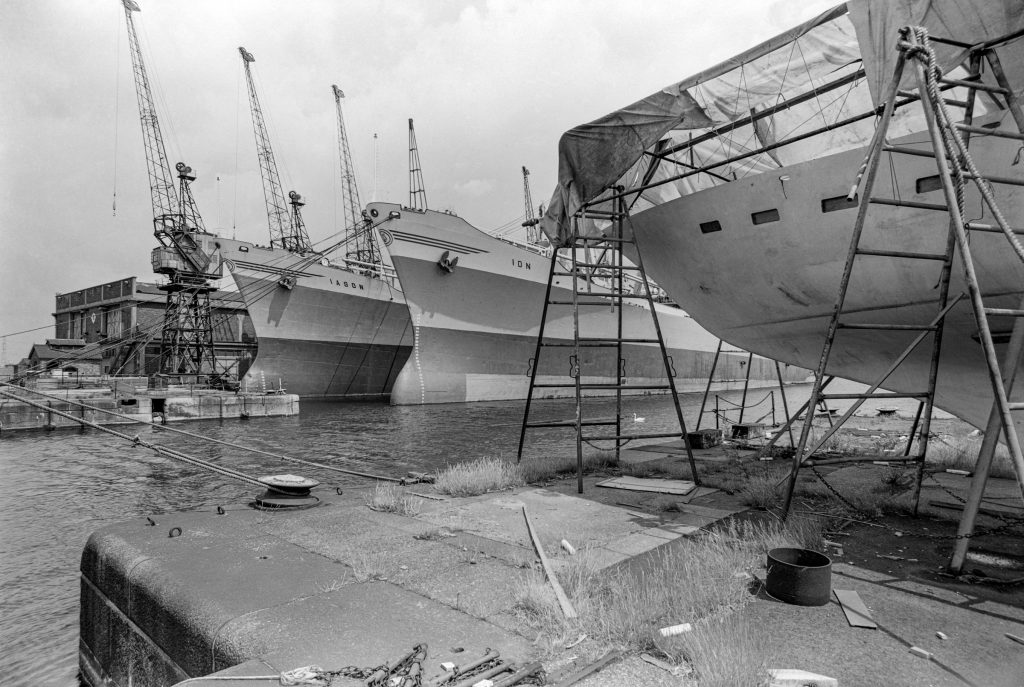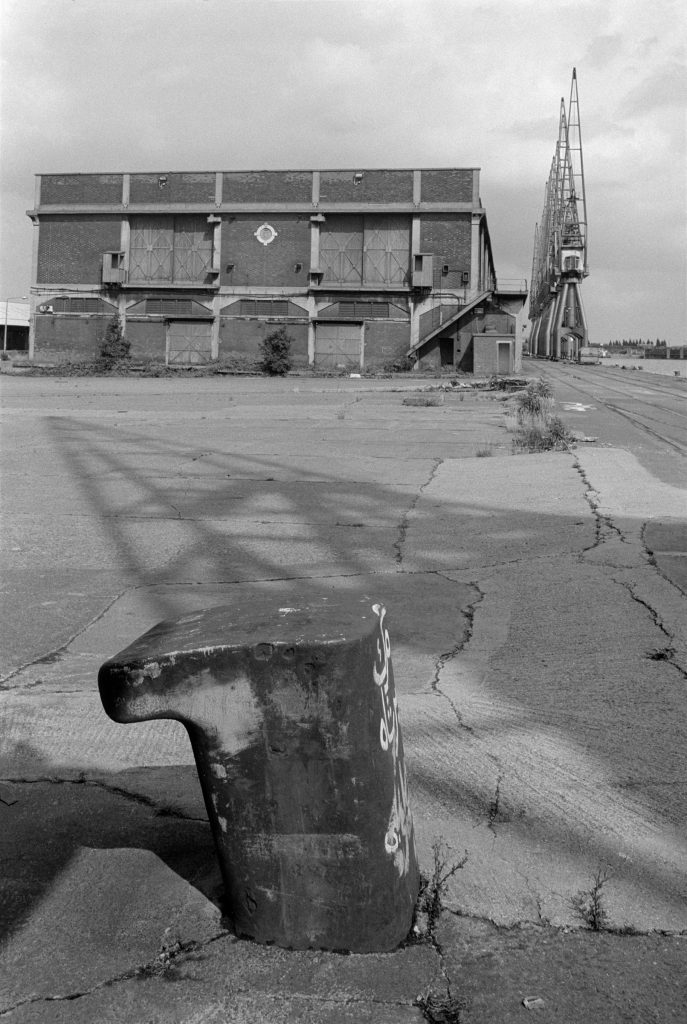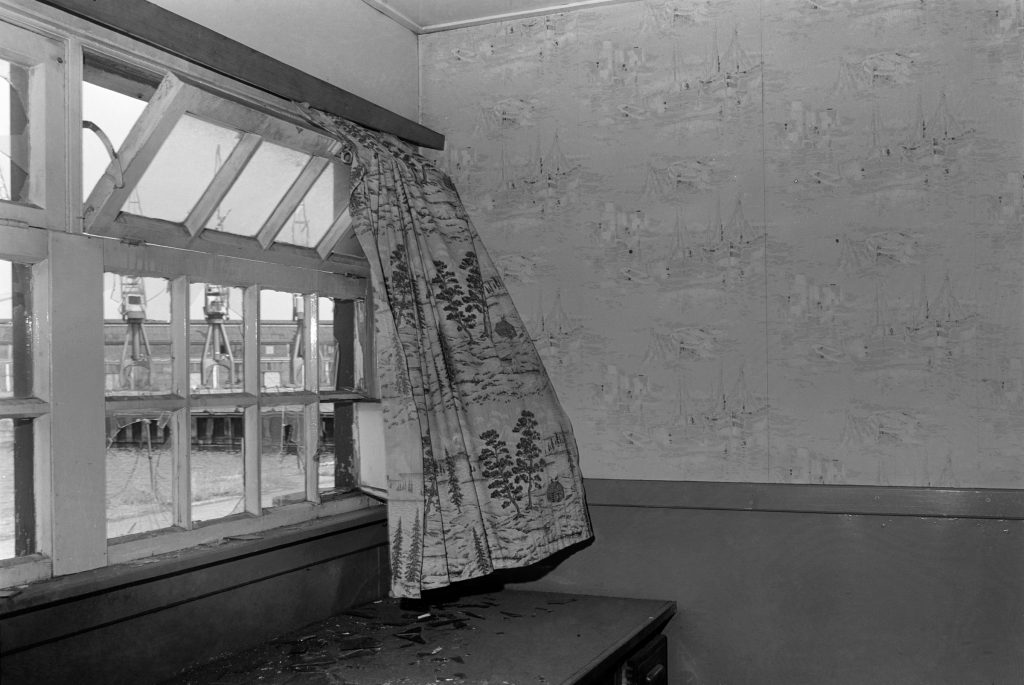One series of pictures posted through the current lockdown that has often interested or amused me is by Peter Fetterman; in ‘The Power of Photography‘. To see them all in the order he posted them, open the page and scroll down to the very bottom to see the first image, ‘The Wailing Wall, Jerusalem, C. 1860′.
But before you scroll, read his introduction at the top of the page which I reproduce here:
Dear Friends,
I am pleased to introduce a new online series called the Power of Photography, highlighting hope, peace, and love in the world. With every entry, I’ll share personal reflections on my favorite images. I invite you to enjoy and reflect on these works during this time.
Peace & Love,
Peter Fetterman
The Power of Photography
Clicking on each of the images will give you more details about it – in this case that it is by an anonymous photographer and is a 9.75×9.75 inch vintage albumen print – and rather curiously is “Copyright The Artist” who as well as being anonymous is certainly long dead and whose copyright will have expired many years ago.
The negative from which it was printed will I think have been made using the wet plate process, which while it had considerable limitations and required a great deal of manipulative skill was in some respects the absolute pinnacle of the photographic process, with detail and resolution limited only by the lenses of the day. You can enlarge the on-screen image by clicking on it, but it then seems rather soft. Since all printing was by contact, the demand on lenses was not extreme, though you can clearly see some softening towards the edges in this and many images of the time. The print appears to be in excellent condition for its age, though there is clearly some fading at top right, but digital representations are often misleading.
Actually I think the images like this are best seen in reproduction, when some discrete retouching can help to repair the minor ravages of time and restore as best we can the original vision of the photographer, which is of more interest to me than the object.
Strangely the second image of the series seems to be missing, though you will probably have little difficulty in bringing “The Steerage” into your mind. There are other iconic images too, such as Cartier-Bresson’s 1938 ‘On the Banks of the Marne’.
But not all of the pictures are well-known and quite a few entirely new to me and by photographers I have not previously heard of, such as the beautiful Small Apples, 1984 by Finnish photographer Kristoffer Albrecht.
I don’t always share Peter Fetterman’s enthusiasms, but it is good to read the comments of someone so obviously enthusiastic about our medium – and to discover we have at least something in common outside of our interest in photography. So here is a little piece of London he may recognise.
All photographs on this and my other sites, unless otherwise stated, are taken by and copyright of Peter Marshall, and are available for reproduction or can be bought as prints.


